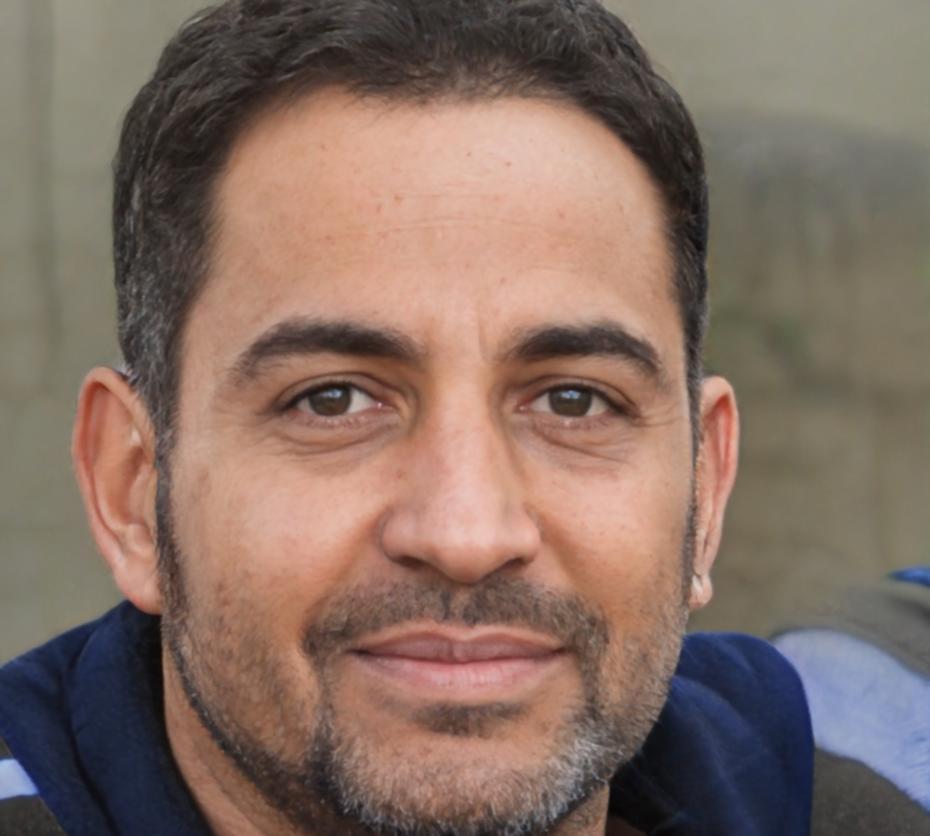Building Real Mobile Apps Through Hands-On Practice
Our React Native course runs from September 2025 through March 2026. You'll spend most of your time actually building apps rather than just watching tutorials. We focus on the practical stuff you need when working with real codebases.
See Program Details
How We Structure Learning
Most students tell us they've tried YouTube tutorials before. Those can be helpful, but they often leave gaps. Our approach connects the pieces differently.
Project-First Method
You start building an actual app in week two. Not a simple todo list—something closer to what you'd find in a junior dev role. The theory comes when you need it, not before.
Code Reviews That Teach
Every two weeks, an experienced developer looks at your code. They point out what works and what could be better. You learn patterns that actually matter in production environments.
Real Debugging Sessions
We record live debugging sessions where instructors work through actual problems. You see how people approach issues when Google doesn't have the exact answer.
CashPro Integration Module
During weeks 12-15, you'll work with payment systems including cashpro implementations. You'll handle real scenarios around transaction flows and secure data handling that most bootcamps skip entirely.
Schedule Flexibility
Course materials stay available for eight months after the program ends. If work gets busy or life happens, you can catch up without falling behind permanently.
Small Group Support
Classes cap at 18 students. When you're stuck, you usually hear back within a few hours. The Discord community stays active even after graduation.
What The Six Months Actually Look Like
Months 1-2: Core Foundations
React fundamentals, component architecture, state management basics. You build three small apps that each focus on a different aspect of mobile development. By the end you're comfortable with JSX and understand how React Native differs from web React.
Months 3-4: Navigation and Data
This is where it gets interesting. Multi-screen apps, API integration, authentication flows. You work with real REST APIs and start understanding why certain patterns exist. The projects get closer to what you'd actually maintain at a job.
Month 5: Advanced Patterns
Context API, custom hooks, performance optimization. Some students find this month challenging because we introduce concepts that seem unnecessary at first. But these patterns make sense once codebases grow past a certain size.
Month 6: Capstone Project
You design and build your own app from scratch. This becomes the main piece in your portfolio. Past students have created everything from fitness trackers to small business inventory systems. Some go on to launch them after the course ends.

Who This Works Best For
You probably already know some HTML and CSS. Maybe you've dabbled in JavaScript. That helps, but we've had successful students start from less. What matters more is whether you can commit 12-15 hours per week.
The students who do well are usually the ones who ask questions early rather than getting stuck for days. They experiment with code even when it might break things. And they're comfortable with the fact that programming involves a lot of looking things up—that never really goes away.
The German market has been asking for React Native developers since around 2021. Companies need people who can maintain existing apps more than they need architects who design new systems from scratch. That's the level we're teaching to.
What Happens After The Course

Lars Becker
2024 Graduate, Now at Startup

Emil Hoffmann
Current Student, Month 5
We don't promise you'll land a job immediately. Some graduates do. Others take three to six months of applying and building more projects before they find the right fit. What we can say is that you'll have portfolio pieces that actually demonstrate capability rather than just following a tutorial.
The course includes sections on writing technical documentation and explaining your code—both things that come up in interviews. Alumni stay in the Discord and sometimes share job leads. Last year about 60% of our students found junior positions within eight months of finishing, though results obviously vary based on market conditions and individual effort.